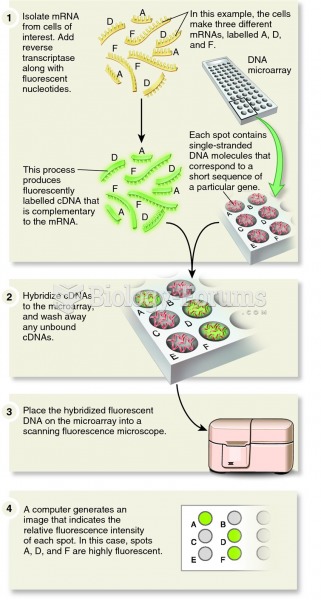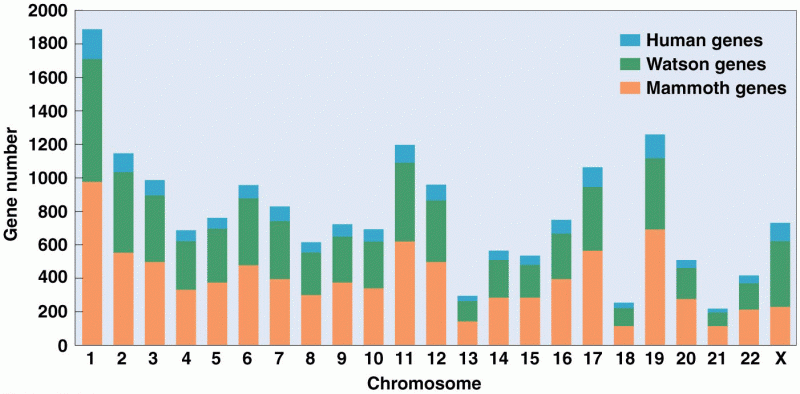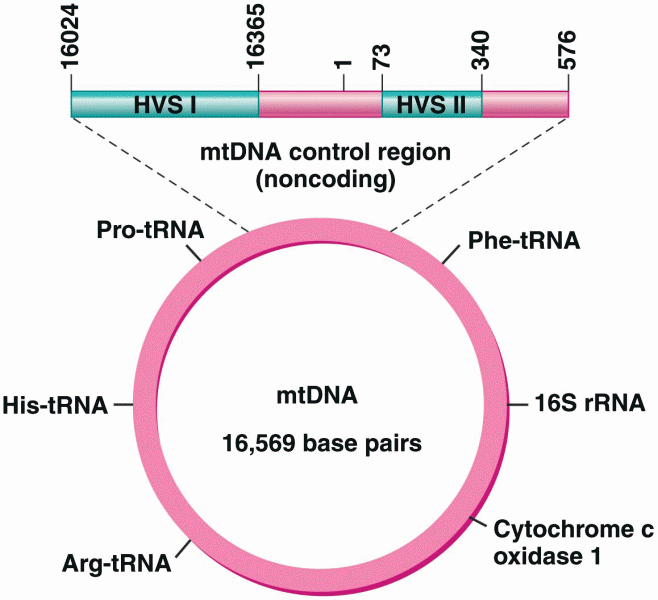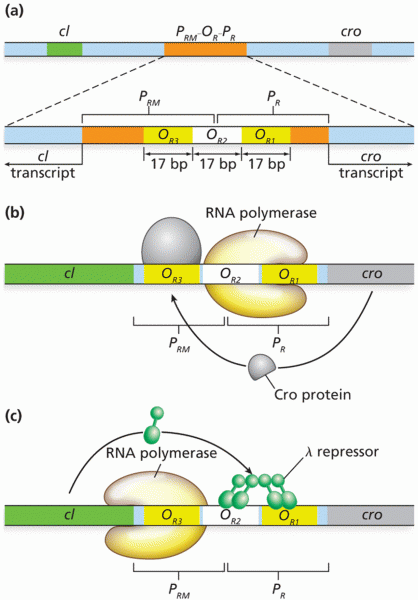|
|
|
A headache when you wake up in the morning is indicative of sinusitis. Other symptoms of sinusitis can include fever, weakness, tiredness, a cough that may be more severe at night, and a runny nose or nasal congestion.
Excessive alcohol use costs the country approximately $235 billion every year.
Increased intake of vitamin D has been shown to reduce fractures up to 25% in older people.
Cytomegalovirus affects nearly the same amount of newborns every year as Down syndrome.
Hippocrates noted that blood separates into four differently colored liquids when removed from the body and examined: a pure red liquid mixed with white liquid material with a yellow-colored froth at the top and a black substance that settles underneath; he named these the four humors (for blood, phlegm, yellow bile, and black bile).







